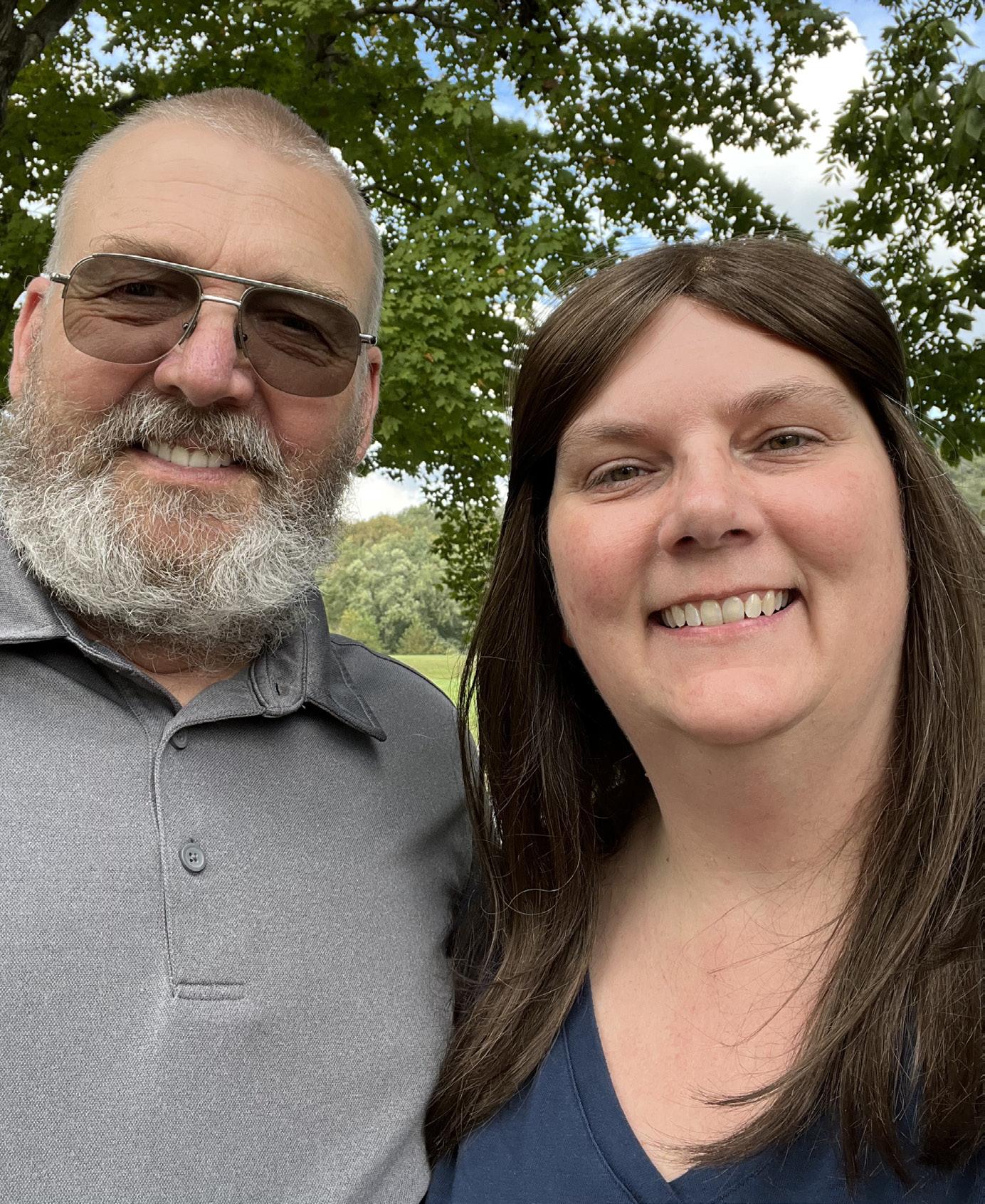
6 minute read
CELEBRATING 15 YEARS
Graduates mark women’s recovery program success with stories of changed lives
In 2007, opioid addiction was raging, heroin was making a comeback and meth was a mainstay among substance abusers. That year, 22.3 million were estimated to be addicts. The addiction landscape shows why it was
Executive director Ashley Miller, herself a 2014 graduate of Lifeline, now leads the program.
“I was once right where they are,” Ashley said, “so I am able to connect with them on a personal level to give them guidance from a nonjudgmental place.”
Ashley said the center’s goal is to grow its capacity, so more people can experience the change she has. “Nothing brings me more joy than to see them change their lives and restore their families.” necessary then to start Ladies Living Free, a Paducah residential recovery program for women. Today’s 53 million illicit drug users and abusers, or 165 million addicts if alcohol abuse is included, make the program even more relevant. Lifeline began as a men’s program in 2004 and added the women’s program in 2007. The two, already operating under the direction of one board, rebranded together as Lifeline Recovery Center in 2020.
As the center works with an eye to the future, we also celebrate the hundreds of lives changed during the last 15 years. See three of their stories, along with a special volunteer who has served since the beginning, on pages 7-10.
Terrye Peeler, one of the founders of the women’s program and retired executive director, recalls the urgency in 2007:
“2007 was such a critical time to finally get a much-needed faith-based drug and alcohol rehab for women in our community,” Terrye said. “From the first group to the current group of ladies, I have witnessed God’s hand forever changing lives that once seemed lost and hopeless.”
Classes and other program features:
• Group and individual counseling
• Life skills training
• Parenting
• Anger management
• Bible study
• Nutrition
• Money management
• Fitness
• Volunteer opportunities at Cassidy’s Cause and Starfish Orphan Ministry
Becky Pritchett
In 2007, Becky was sitting in jail as a meth addict. Her mother had her children, and Becky remembers not even caring.
“I didn’t want to change, I just wanted to stay high,” she said.
Meanwhile, her husband Thomas had entered Lifeline’s men’s program in March and was sending letters to her in jail. “I could see a change in him,” she said.
Thomas told her a new program was starting for women in May, so she entered in the first group.
“If not for (Lifeline), we wouldn’t be here. I think a lot of people can say the same thing,” she said.
Both sober for 15 years, they own their home in Marshall County and are the proud parents of four. “I don’t even think about our life back then. I have to remind
WOMEN’S 15-YEAR ANNIVERSARY CELEBRATION
Friday, May 27
Enjoy a light supper and the fellowship of a joyous reunion.
myself where we came from because we have totally different lives.”
She works for Top Quality Consignment, a job she began while in the program, and he worked in construction before becoming a truck driver. “I know we wouldn’t be here if we hadn’t had that opportunity at Lifeline and come to know God,” she said.
Women who attended or served at the women’s campus since 2007 are invited to a private celebration May 27.
RSVP: 270.994.5089
Nancy Webb
Nancy, of Livingston County, was in Lifeline’s second women’s group, graduating in 2008. Like Becky, she had been jailed for meth.
“While I was in jail, I told the jailer I needed a program for help.” She started in the jail’s Alcoholics Anonymous program; but when she was paroled and homeless, she sought out Lifeline.
“I needed a faith-based program to allow me to learn more about God. I had time there to eat, sleep and breathe God – it felt so free and clean!” she said.
The residential program kept her off drugs while she was able to grow stronger. “I’m afraid I might have gone back into the same mess if I’d been homeless,” she said. “They gave me hope.”
Lifeline also gave her a new direction. The volunteer program placed her at Goodwill, where she remains today. She has worked her way up through its “Second Chance” program to a management position and hopes to join Goodwill’s Career Services program to help others. “I can share my story with others, telling them I’ve been in your shoes, and there is hope.”
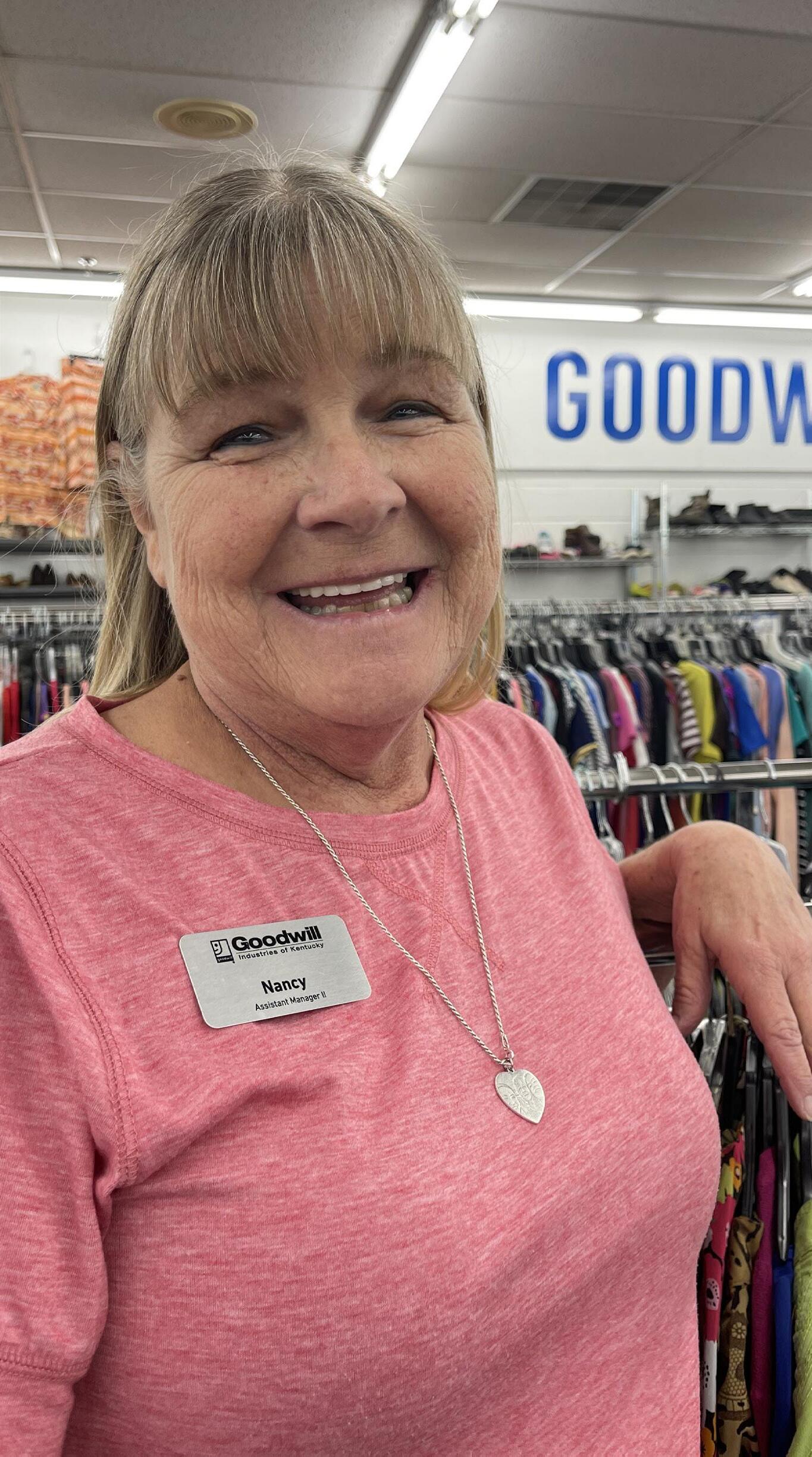
The program at Lifeline helped her acclimate to a new life. While Lifeline celebrates its anniversary, Nancy is celebrating one of her own –“I’m 15 years clean!”
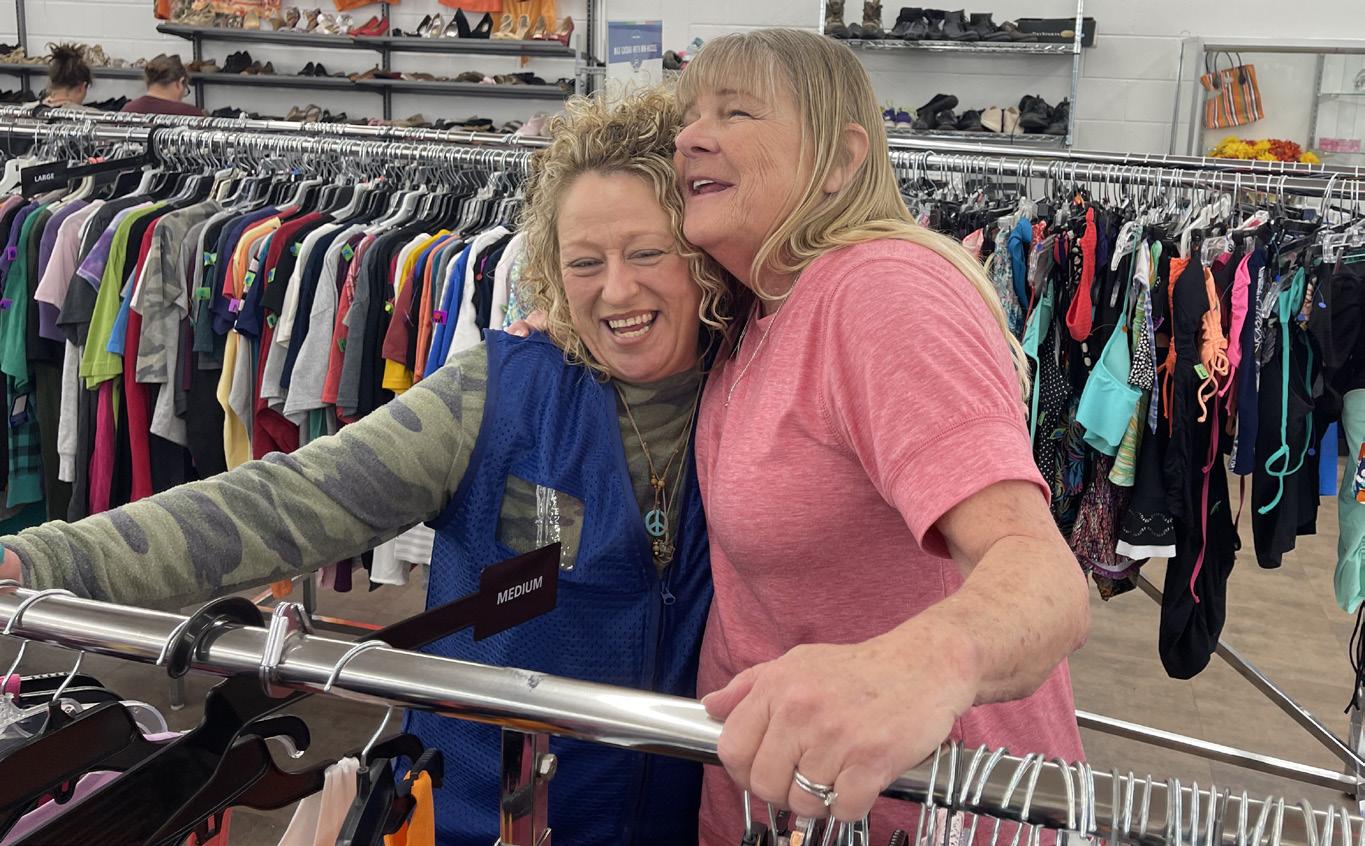
KEISHA HOPKINS
The camaraderie of other women going through the program at the same time was like “a healing balm to my soul,” said Keisha of her 2010 experience at Lifeline.
A Calvert City native, she had been “addicted to a little bit of everything, including prescription medicine,” she said.
When she began the group recovery program, her life changed. “It began the moment I was able to get honest with myself about the trauma I’d been through. When I spilled my story, that’s when the healing began as I connected with other women in the room with me.”
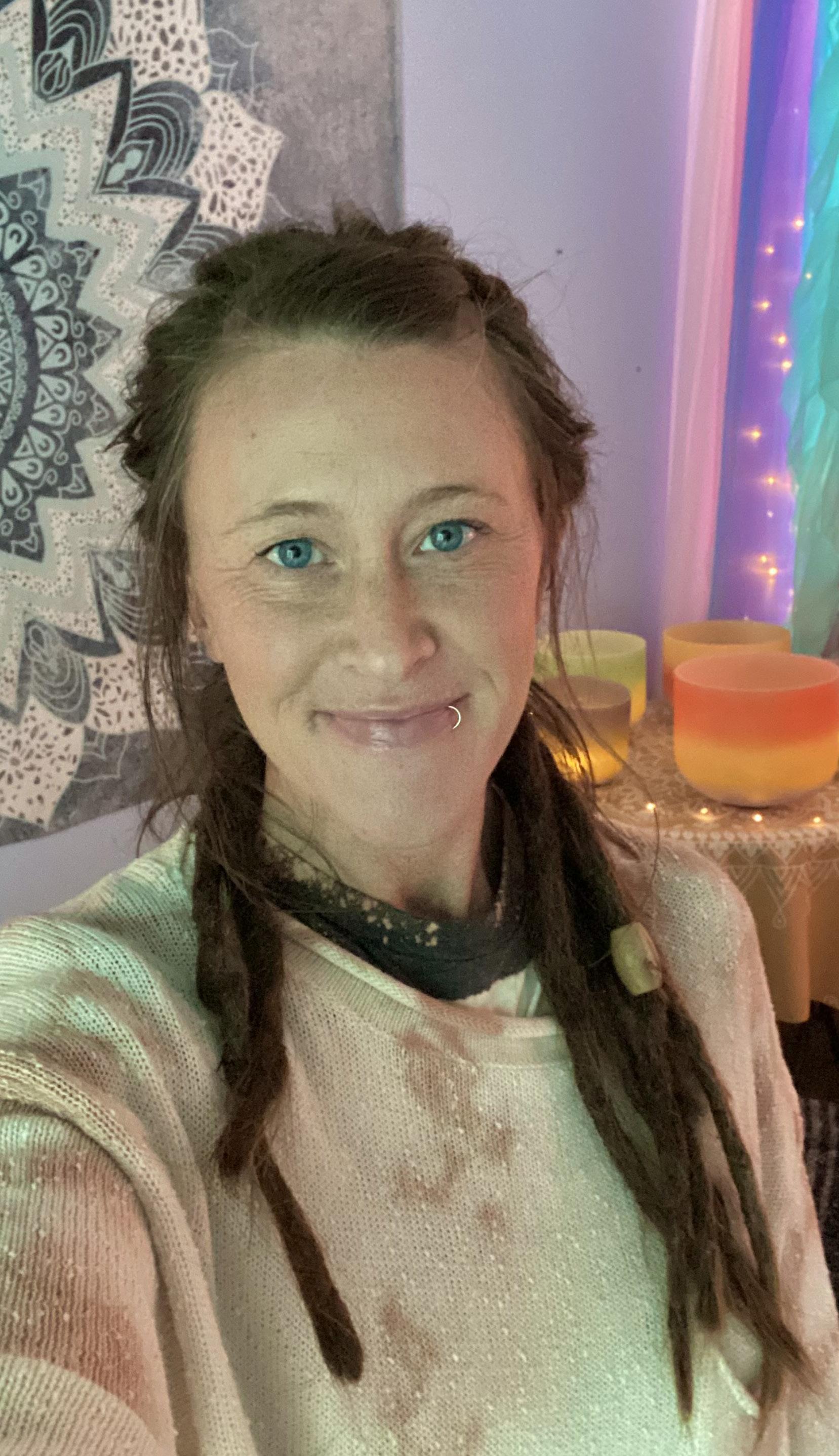
She realized her pain and shame from sexual trauma had led to her addiction. She had struggled with wanting to end her life.
“That’s where the whole shift in my world happened – at Lifeline. I don’t know where I’d be without it – probably dead.” Instead, she reunited with her husband and two sons, and began her holistic health business, Stellar Sounds. She even served a stint on the Lifeline board of directors.
The Women’s Campus is made up of:
11 STAFF & 25 VOLUNTEERS 45 WOMEN served each year in nine-month residential treatment for addiction
Brenda Grooms’ Bible class helps women begin recovery
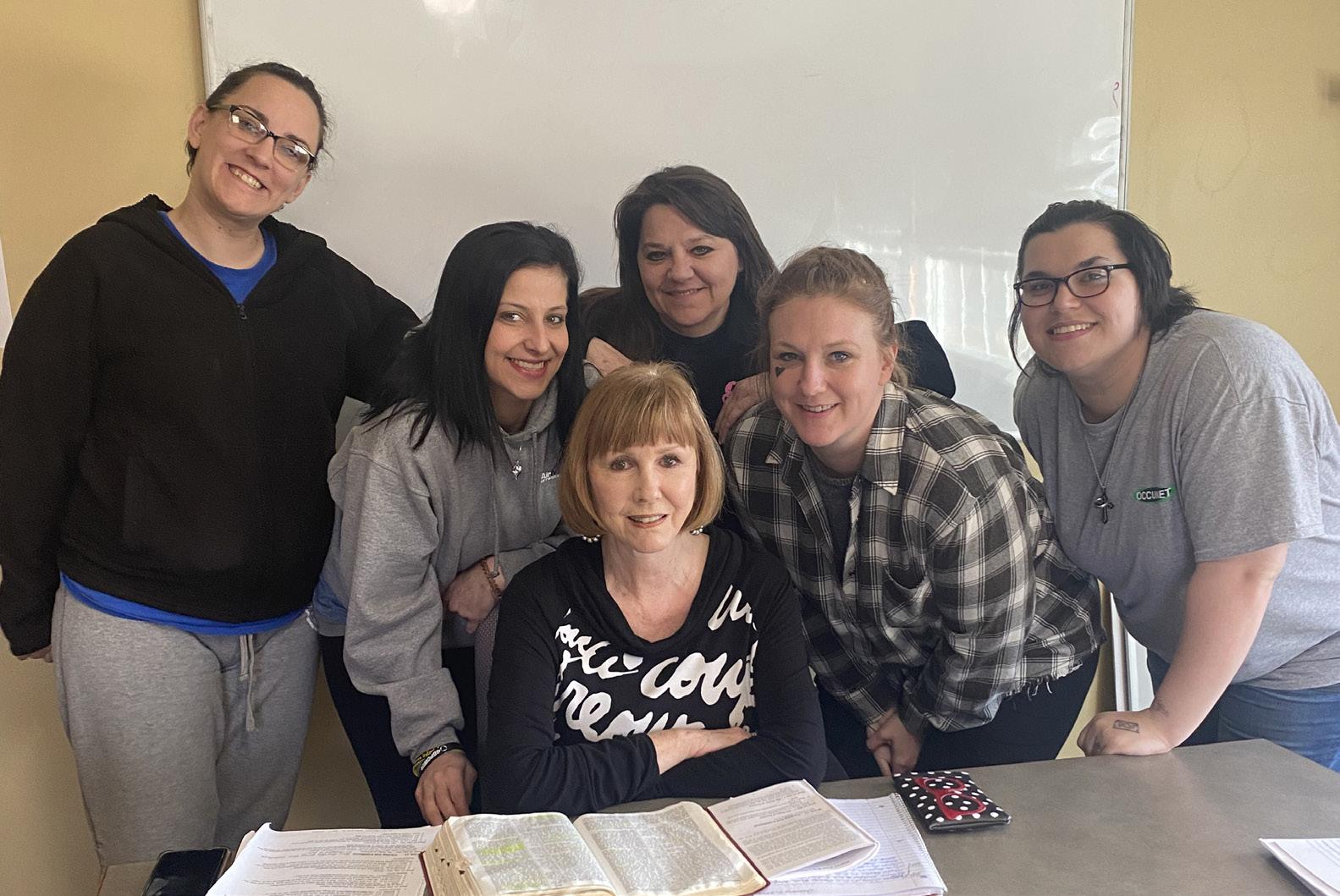
Since the women’s program began in 2007, new clients have seen the same face at the head of one of their key classes.
Volunteer Brenda Grooms has led every session of “Walk of Repentance” – a weekly session in the first quarter curriculum for every woman.
anticipating what this program will do for them.”
Then, they begin talking and reading the Bible. “I’ll ask them to share something like saying one thing they love about their parents. That gets them talking and sharing with each other.”
Not every client joins in right away, but she reminds herself of the Biblical charge not to judge others. “Some may argue or resist, they don’t like the authority,” she said.
“It’s about repenting when you sin,” she said. “Repentance is not just a one-time thing. We fall short every day, so we ask for the Lord’s forgiveness. And he always does because he’s the God of second chances.”
Even after 15 years, Grooms, a Paducah realtor, is amazed with the change she sees in the clients after three months.
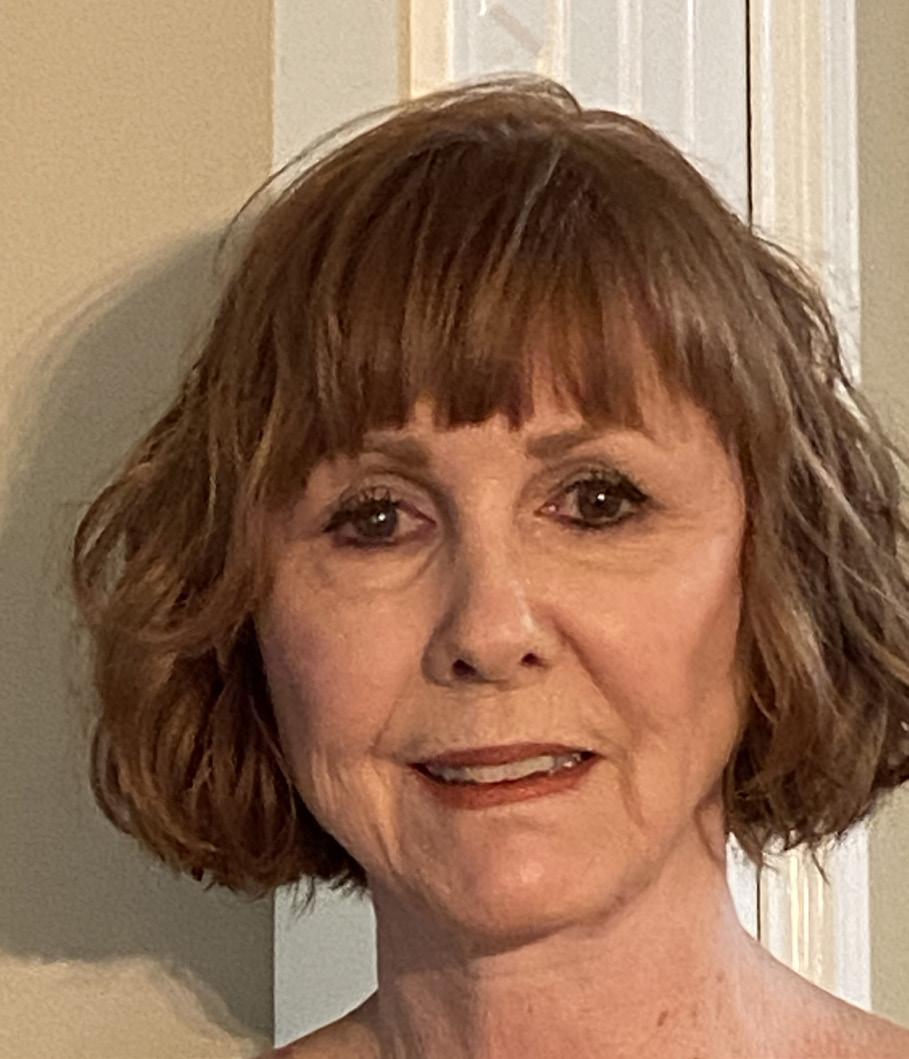
“They come in looking pitiful and sad,” she said. “They’re usually scared. They’ve lost their children, their marriages are torn up. But they’re
However, by the end of the class, most show a remarkable change. “By the end, you don’t recognize them. They seem to understand. The Bible comes alive to them. Their countenance is different. It’s amazing! It’s why I love to do it, to see the new beginnings in them!
Brenda never planned to be involved in a recovery program.
“I did not know anyone in addiction. I tell them I don’t know where you’ve been, but I sympathize with you. Even cigarettes was a hard addiction to break for me!”
She has kept up with many former clients. “They come back. They always hug me and love me, they really appreciate it. That thankfulness is the reward we get,” she said.
People of color face unique challenges in treatment RECOVERY
The opioid epidemic is well-documented, but most attention seems to focus on white suburban and rural victims. Meanwhile, people of color have experienced dramatic increases in opioid misuse and overdose deaths, but they often encounter barriers to treatment and recovery.
The problem
According to the Substance Abuse and Mental Health Services Administration (SAMHSA), the rate of increase of Black drug overdose deaths from 2015 to 2016 was 40 percent, compared to the overall population increase of 21 percent. From 2011 to 2016, Blacks had the highest increase in overdose death rate secondary for opioids, such as fentanyl and fentanyl analogs.
Drugs most commonly used by people of color are alcohol, cocaine (crack), opiates, marijuana and methamphetamine.
The barriers
Major challenges for people of color to enter treatment include:
• The stigma within their culture. Many consider substance misuse as a private matter that should be kept within the family.
• Lack of finances, employment, housing or health insurance.
• The fear of racially motivated policing practices. Data show that people of color continue to be disproportionately arrested, convicted and incarcerated for drug-related charges. This bias causes people of color to protect themselves by hiding their substance abuse and not seeking treatment.







